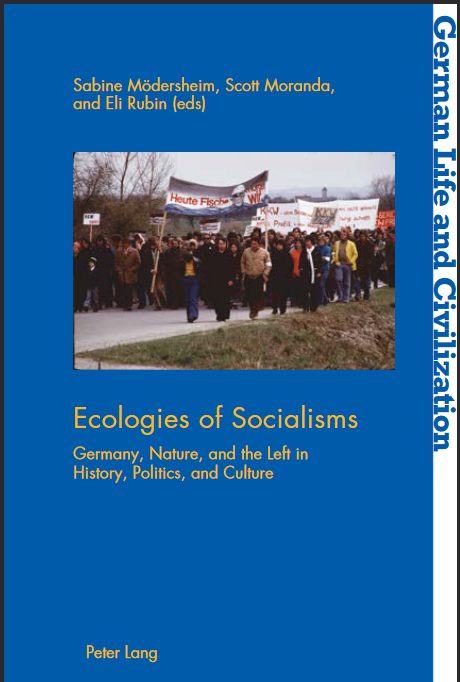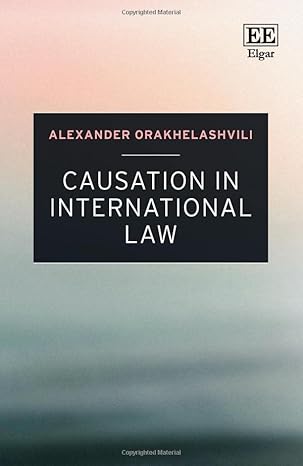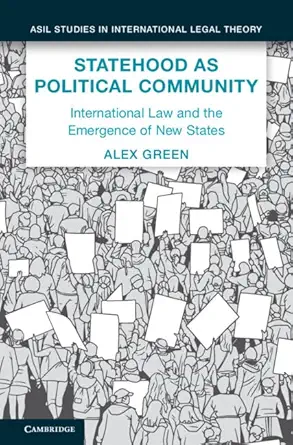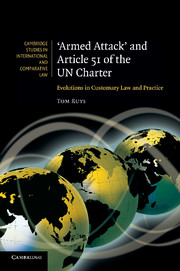There is, seemingly, little room for debate when comparing the environmen- tal track records of the two Germanys. In the West there was a society and a government that took good care of its natural environment and cleaned up the pollution that had existed in its soil and air. The West German popu- lace had a profound appreciation for the importance of the environment, and there existed in West German society a consensus in favor of making industry pay for cleaning up pollution, even if it meant higher consumer prices. And as a result, environmental laws in West Germany were highly effective in forcing real reforms on industry, leading to their significant investment in new technologies and facilities. In the East, there was a party-controlled state and society whose economy was based largely on technology and machinery which was outdated, and so produced not only inferior goods but also pollution which seeped into the water, soil, and air. The pictures of biologically dead rivers, dying forests, landscapes with abandoned open pits or dirty and degenerated industrial complexes became emblematic for the environmen- tal situation in the GDR. Especially in the 1980s, western media helped shape a narrative depicting a clear dichotomy between the “ecological West” and the ignorant East. The Frankfurter Allgemeine Zeitung – one of the leading West German newspapers – described the East German natural landscape in the direst terms, using terms like “a scene of destruc- tion” and “wasted moonscapes.”1 Directly after the fall of the Berlin Wall 54 Tobias Huff the newspaper described a scene in the small Saxon village of Schkopau: “In Schkopau there is no daylight. The workers, hurrying to the bus after the shift, seems to be like shadow beings on a planet far far away due to the smog dome. Lime powder lies on crippled trees, breathing is hard because of the stench. The opaque windows of the monster-like factory are burst, the brickwork is crumbling, smoke is seeping out. In an open cesspit, black sewage is slipping to the River Saale.”2 In early 1990 the magazine Der Spiegel ran the headline “Devil ́s Workshop” on its front cover, over an image showing five smokestacks in an Erlenmeyer flask. The corresponding article was entitled “Land of the Thousand Volcanoes.”3 From the western point of view the environment in the GDR was nearly destroyed, and its bad condition was interpreted as one reason for the collapse of the regime.4 For so many in the West, the urgent need for environmental policy was motivated by apocalyptic visions of complete ecological collapse, as evidenced by the “forest death” (Waldsterben) debates and the reaction to the Chernobyl disasters. In East Germany, westerners saw that apocalyptic vision come to reality.5 After 1989, the question of how the environment in the former GDR came to be in such bad shape was not only the subject of media discus- sions; it was also the domain of scientific and scholarly discussion. One answer that surfaced in these early discussions was that the SED-Regime suppressed environmental thought and action out of fear that environ- mentalism could endanger the rule of the SED. The SED had always held
چکیده فارسی
به نظر می رسد در مقایسه سوابق زیست محیطی دو آلمان، فضای کمی برای بحث وجود دارد. در غرب جامعه و حکومتی وجود داشت که از محیط طبیعی خود مراقبت می کرد و آلودگی هایی را که در خاک و هوای آن وجود داشت پاک می کرد. مردم آلمان غربی قدردانی عمیقی از اهمیت محیط زیست داشتند و در جامعه آلمان غربی اجماع به نفع وادار کردن صنعت به پرداخت هزینه پاکسازی آلودگی وجود داشت، حتی اگر به معنای افزایش قیمت مصرف کننده باشد. و در نتیجه، قوانین زیست محیطی در آلمان غربی در تحمیل اصلاحات واقعی در صنعت بسیار مؤثر بود و منجر به سرمایه گذاری قابل توجه آنها در فناوری ها و امکانات جدید شد. در شرق، یک دولت و جامعه تحت کنترل حزب وجود داشت که اقتصاد آن عمدتاً مبتنی بر فناوری و ماشین آلات قدیمی بود و بنابراین نه تنها کالاهای پایینتری تولید میکرد، بلکه آلودگیهایی نیز به آب، خاک و هوا نفوذ میکرد. تصاویر رودخانههای مرده بیولوژیکی، جنگلهای در حال مرگ، مناظر با چالههای روباز متروکه یا مجتمعهای صنعتی کثیف و منحط، نمادی برای وضعیت زیستمحیطی در جمهوری دموکراتیک آلمان شد. بهویژه در دهه 1980، رسانههای غربی به شکلگیری روایتی کمک کردند که دوگانگی واضحی را بین «غرب زیستمحیطی» و شرق جاهل نشان میداد. Frankfurter Allgemeine Zeitung - یکی از روزنامه های برجسته آلمان غربی - چشم انداز طبیعی آلمان شرقی را با بدترین عبارات توصیف کرد و از عباراتی مانند "صحنه ای از تخریب" و "مناظر ماه به هدر رفته" استفاده کرد. 54 توبیاس هاف روزنامه صحنه ای را در دهکده کوچک ساکسونی Schkopau توصیف کرد: «در Schkopau هیچ روزی وجود ندارد. کارگرانی که بعد از شیفت با عجله به سمت اتوبوس می روند، به نظر می رسد به دلیل وجود گنبد دود مانند موجودات سایه ای در سیاره ای دوردست هستند. پودر آهک روی درختان فلج شده است، نفس کشیدن به دلیل بوی تعفن سخت است. پنجره های مات کارخانه هیولا مانند ترکیده است، آجرکاری در حال فرو ریختن است، دود از آن بیرون می ریزد. در اوایل سال 1990، مجله اشپیگل تیتر «کارگاه شیطان» را روی جلد خود، روی تصویری که پنج دودکش در یک فلاسک ارلن را نشان می داد، منتشر کرد. مقاله مربوطه با عنوان «سرزمین هزار آتشفشان» بود.3 از دیدگاه غرب، محیط زیست در جمهوری دموکراتیک آلمان تقریباً ویران شده بود و وضعیت بد آن به عنوان یکی از دلایل فروپاشی رژیم تفسیر شد. در غرب، نیاز مبرم به سیاست زیستمحیطی با دیدگاههای آخرالزمانی از فروپاشی کامل زیستمحیطی انگیزه داشت، همانطور که بحثهای «مرگ جنگل» (والدستربن) و واکنش به فجایع چرنوبیل نشان میدهد. در آلمان شرقی، غربی ها دیدند که چشم انداز آخرالزمانی به واقعیت پیوست. 5 پس از سال 1989، این پرسش که چگونه محیط در جمهوری آلمان سابق در چنین وضعیت بدی قرار گرفت، تنها موضوع بحث رسانه ها نبود. همچنین حوزه بحث علمی و علمی بود. یکی از پاسخهایی که در این بحثهای اولیه ظاهر شد این بود که رژیم SED از ترس اینکه محیطگرایی میتواند حاکمیت SED را به خطر بیندازد، افکار و کنشهای زیستمحیطی را سرکوب کرد. SED همیشه برگزار کرده بود
ادامه ...
بستن ...
Names: Mödersheim, Sabine, 1959- editor. | Moranda, Scott, 1975- editor. | Rubin,
Eli, 1975- editor.
Title: Ecologies of socialisms : Germany, nature, and the left in history,
politics and culture / Sabine Mödersheim, Scott Moranda, Eli Rubin (eds).
Description: Oxford ; New York : Peter Lang, [2019] | Series: German life and
civilization ; 70 | Includes bibliographical references and index.
Identifiers: LCCN 2018050511 | ISBN 9781787075771 (alk. paper)
Subjects: LCSH: Socialism--Germany--History. |
Environmentalism--Germany--History. | Communism and
ecology--Germany--History.
Classification: LCC HX274 .E36 2018 | DDC 320.53/10943--dc23
LC record available at https://lccn.loc.gov/2018050511
Cover image: Demonstration against the planned nuclear power plant at Wyhl.
Photograph by Leo Horlacher © Archiv Soziale Bewegungen. Reproduced with
permission. ISSN 0899-9899
ISBN 978-1-78707-577-1 (print) • ISBN 978-1-78707-579-5 (ePub)
ISBN 978-1-78707-580-1 (mobi) • ISBN 978-1-78707-578-8 (ePDF) Peter Lang AG 2019
Published by Peter Lang Ltd, International Academic Publishers,
52 St Giles, Oxford, OX1 3LU, United Kingdom
oxford@peterlang.com, www.peterlang.com
Sabine Mödersheim, Scott Moranda and Eli Rubin have asserted their right under the
Copyright, Designs and Patents Act, 1988, to be identified as Editors of this Work.
All rights reserved.
All parts of this publication are protected by copyright.
Any utilisation outside the strict limits of the copyright law, without
the permission of the publisher, is forbidden and liable to prosecution.
This applies in particular to reproductions, translations, microfilming,
and storage and processing in electronic retrieval systems.
This publication has been peer reviewed.
ادامه ...
بستن ...










